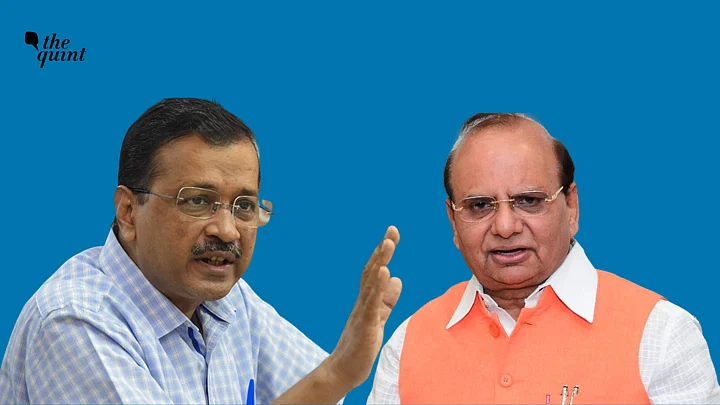The Centre has brought in a new ordinance giving authority to the Lieutenant Governor of Delhi regarding matters of “transfer posting, vigilance, and other incidental matters.”
Notified on late Friday evening, 19 May, in the Extraordinary Gazette of India, the ordinance is an amendment to the GNCTD Act. It comes days after the Supreme Court gave relief to the government of Delhi stating that the “elected” officials had authority over these matters.
Here’s all you need to know.
Increased power to the LG: According to the new ordinance, a new body will be created called the “National Capital Civil Service Authority,” which will consist of the chief minister, the chief secretary, and the principal secretary (home) of Delhi. This body will have to “make recommendations” to the LG.
While the NCCSA would have control over matters related to “all Group A officials and officers of DANICS,” the LG would have the final say over matters related to “officers serving in connection with any subject matter connected with Entries 1, 2, and 18 of List II- State List of the Seventh Schedule to the Constitution, and Entries 64, 65 and 66 of List II- State List of the Seventh Schedule to the Constitution.”
Majority Decision: Though the CM will be chairperson of the NCCSA, the new ordinance also gives authority to “majority decision” under Section 45 E, and empowers it to take a decision.
So, basically if the chief secretary and home secretary are in agreement, the CM’s vote won’t make a difference.
Not just that, in case there’s a difference of opinion between the NCCSA and the LG, it’s the LG who would have the final say.
What else?
The ordinance empowers the Union Public Service Commission to appoint Group A and Group B gazetted officers for Delhi. The Delhi Subordinate Services Selection Board will make appointments only for Group B and Group C non-gazetted officers.
The Centre would have power over the tenure, transfer, posting, etc of these officers.
Section 45 J of the ordinance also says any minister (in consultation with the Secretary) to issue “standing orders” in their department. These orders will also have to be communicated to the LG though.
Matters related to certain issues will also have to be brought to the CM and the LG for their approval.
Why was this ordinance brought in? Last week when the apex court had ordered that the elected government of Delhi has the authority over its laws and executive decisions, it had said, “in the absence of any specific Parliamentary legislation dealing with the subject of services.”
Now, the Centre has brought in an ordinance superseding this reason, giving more power to itself.
How have politicians reacted? Several AAP leaders took to Twitter to call this a “dictatorial” move by the Centre.
How does an ordinance work?
Article 123 of the Constitution says, "If at any time, except when both Houses of Parliament are in session, the President is satisfied that circumstances exist which render it necessary for him to take immediate action, he may promulgate such Ordinance as the circumstances appear to him to require."
Though an ordinance has the same force as an Act passed by the Parliament, it has to be placed and approved in both houses within six weeks of the Parliament being in session. However, it can also be deemed void by the Parliament.
